Customer satisfaction is no longer simply a ‘nice-to-have’ – it’s a critical driver of business success. In today’s competitive landscape, retaining and growing your customer base requires a proactive and strategic approach to ensuring that customers feel valued, appreciated, and ultimately, delighted with your products or services. Customer satisfaction directly impacts brand loyalty, positive word-of-mouth marketing, and, ultimately, profitability. Ignoring this fundamental aspect of business can lead to decreased revenue, increased marketing costs, and a damaged reputation. This article will delve into the key strategies for cultivating and maintaining exceptional customer satisfaction, providing actionable insights you can implement immediately.
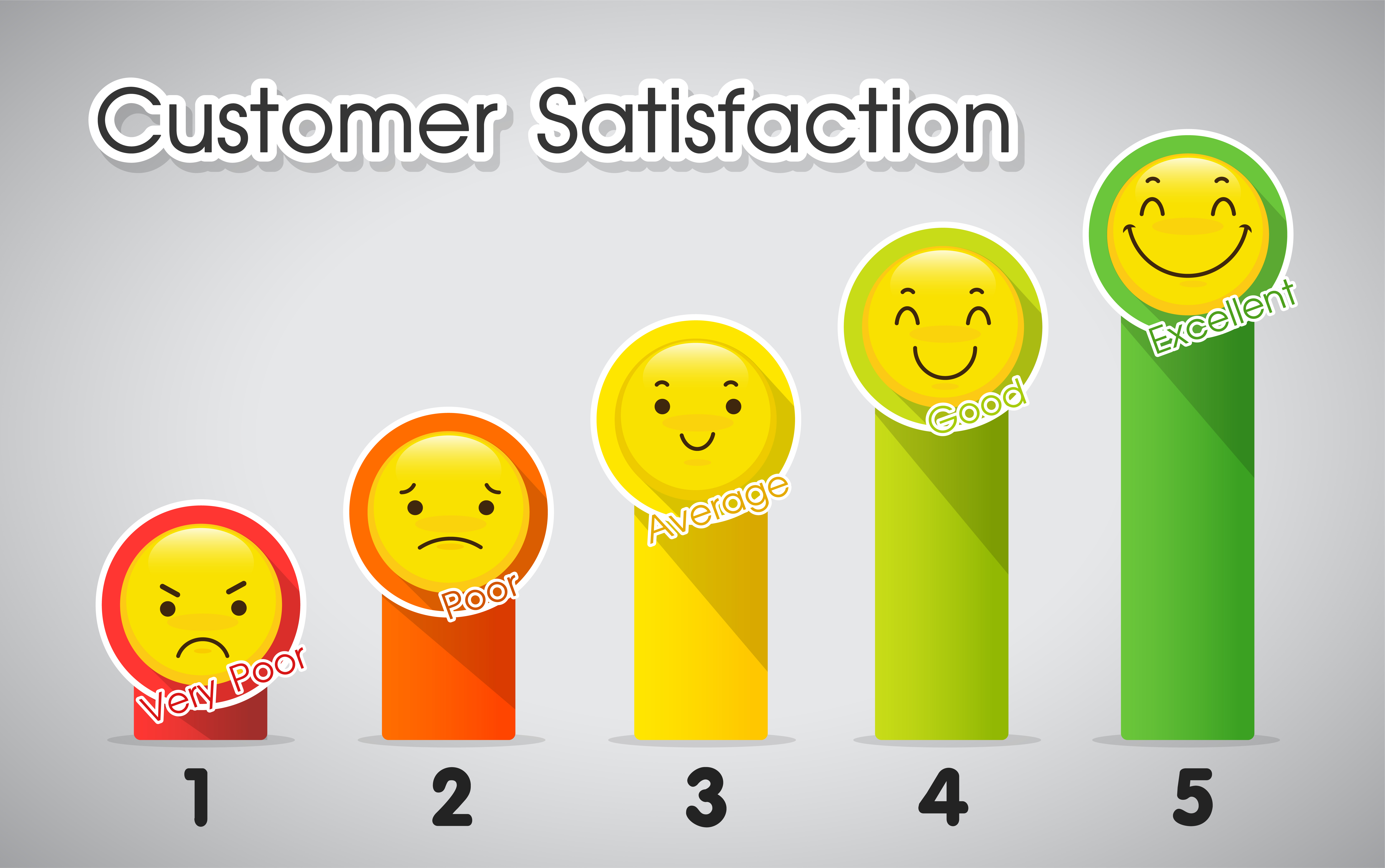
Understanding the Importance of Customer Satisfaction
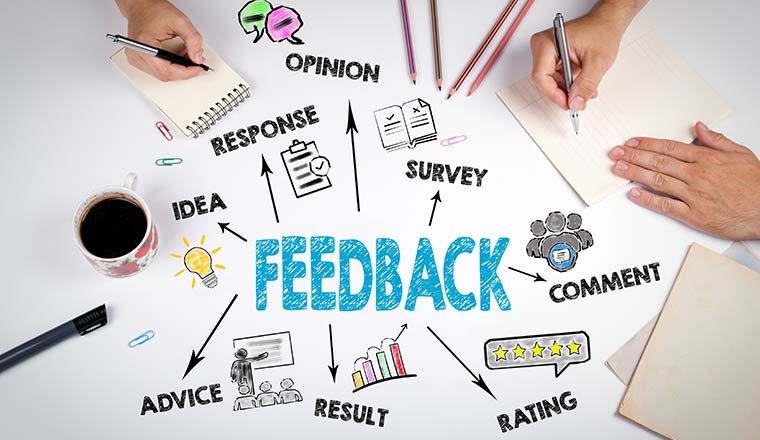
The benefits of prioritizing customer satisfaction are far-reaching. Firstly, it directly translates to increased customer retention – a significantly more cost-effective strategy than acquiring new customers. Studies consistently show that it costs 5-10 times more to acquire a new customer than to retain an existing one. Furthermore, happy customers are more likely to become brand advocates, recommending your business to friends and family – a powerful form of organic marketing. A consistently satisfied customer base fosters a positive brand image, enhancing your company’s reputation and attracting new business. Ultimately, a commitment to customer satisfaction is an investment in the long-term health and prosperity of your organization. It’s about recognizing that your customers are the lifeblood of your business.

Key Pillars of Customer Satisfaction
Building a robust customer satisfaction program isn’t about one single initiative; it’s about implementing a holistic approach that addresses various touchpoints and customer experiences. Several key pillars are crucial:
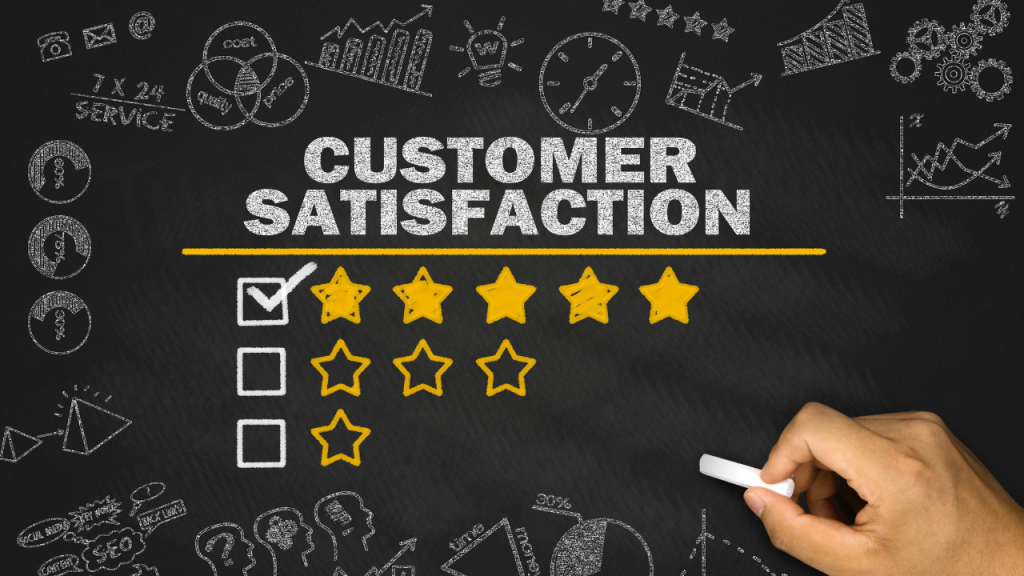
Proactive Customer Service
Excellent customer service begins before a problem arises. This involves anticipating customer needs and providing timely, helpful support. This could include proactive outreach via email or chat to offer assistance, personalized recommendations based on past purchases, or quick responses to inquiries. Investing in robust customer service training for your team is paramount. Empowering employees to resolve issues quickly and efficiently, while maintaining a positive and empathetic tone, significantly improves the customer experience. Remember, a single negative interaction can quickly escalate into a major crisis.

Responsiveness and Accessibility
Customers expect prompt responses to their inquiries and requests. This means having clear communication channels – readily available phone lines, email addresses, live chat, and social media support – and ensuring that your team is adequately staffed to handle inquiries efficiently. Accessibility is also key. Ensure your website and customer service channels are accessible to individuals with disabilities, adhering to accessibility guidelines like WCAG. A slow or unresponsive service experience can quickly frustrate customers and drive them to competitors.

Personalized Experiences
Generic interactions are a thing of the past. Today’s customers crave personalized experiences tailored to their individual needs and preferences. This goes beyond simply using a customer’s name; it involves understanding their purchase history, browsing behavior, and expressed interests. Utilizing CRM (Customer Relationship Management) systems to collect and analyze this data allows you to deliver targeted offers, relevant content, and personalized support. Personalization demonstrates that you value your customers and are invested in their success.
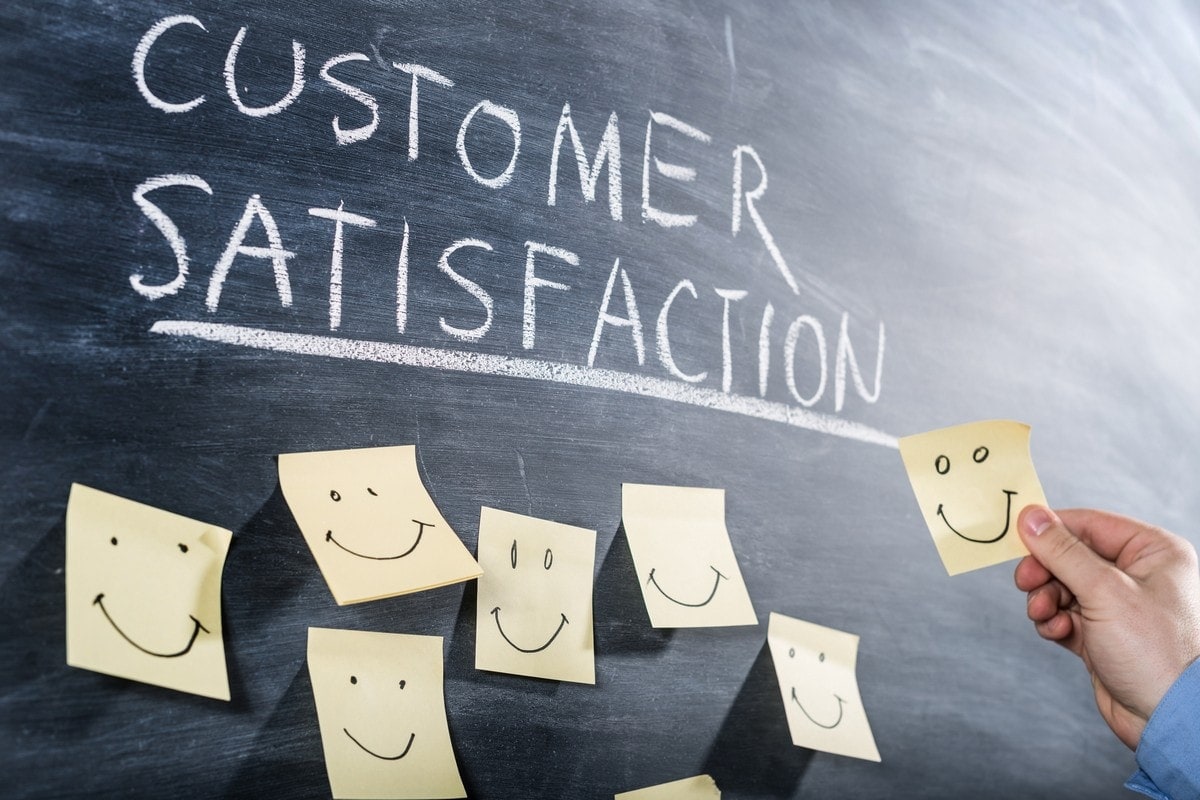
Streamlined Processes
Inefficient processes can be a major source of customer frustration. Simplifying your ordering process, shipping procedures, and returns policies can dramatically improve the customer experience. Offering multiple payment options, clear shipping information, and hassle-free returns policies can all contribute to a smoother and more satisfying journey. Regularly reviewing and optimizing your processes based on customer feedback is essential for continuous improvement.

The Role of Feedback and Continuous Improvement
Collecting customer feedback is not just about gathering complaints; it’s about actively seeking insights into what’s working well and what could be improved. Methods for gathering feedback include:

Surveys:
Regular customer surveys (e.g., Net Promoter Score - NPS, Customer Satisfaction Score - CSAT) provide valuable quantitative data on customer sentiment. Keep surveys concise and focused, and offer incentives to encourage participation.
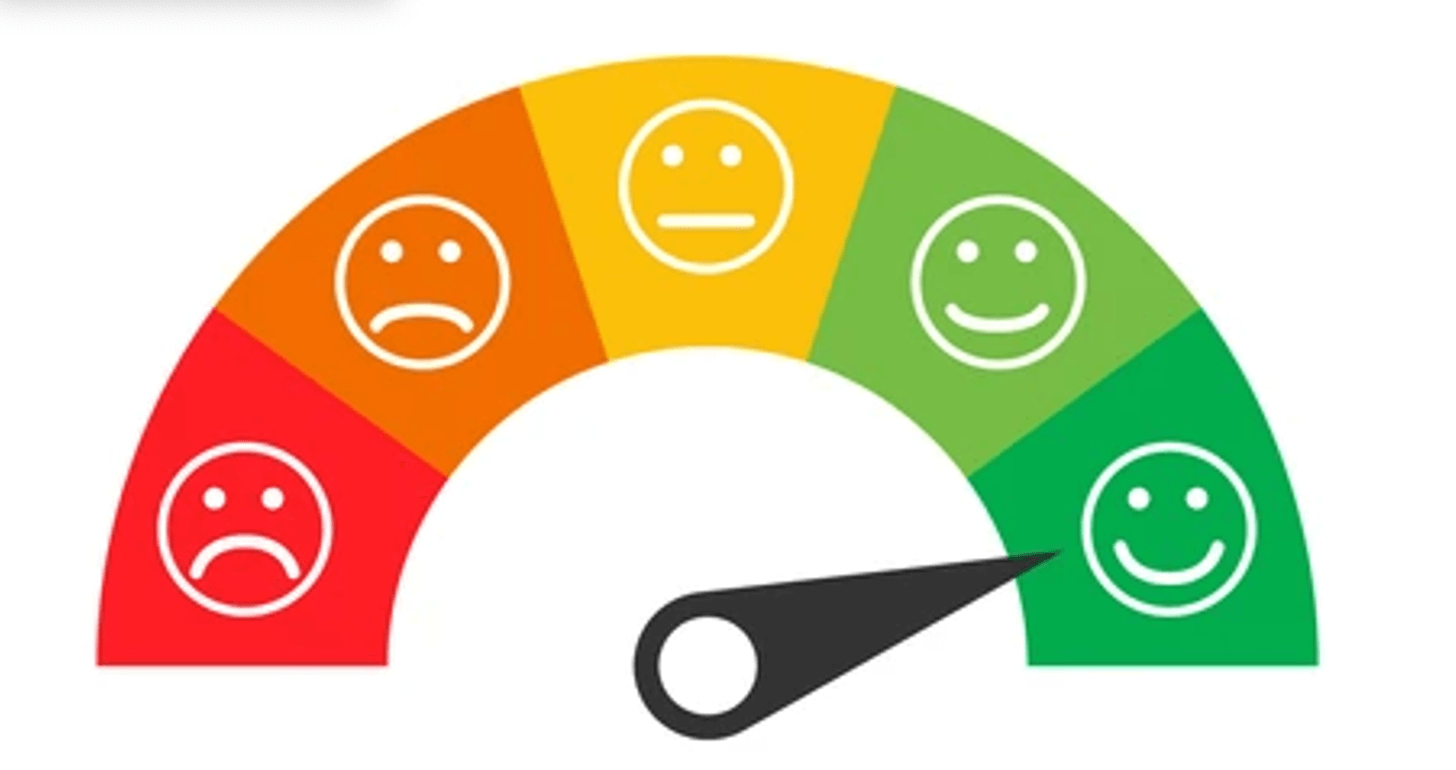
Social Media Monitoring:
Actively monitor social media channels for mentions of your brand and respond to comments and questions promptly. Sentiment analysis can help you gauge the overall tone of conversations and identify areas for improvement.
Customer Reviews:
Encourage customers to leave reviews on platforms like Google, Yelp, and industry-specific review sites. Respond to both positive and negative reviews, demonstrating that you value customer feedback.
Feedback Forms:
Include feedback forms on your website and in your customer service interactions to allow customers to easily share their thoughts and suggestions.
After collecting feedback, analyze the data to identify trends and patterns. Use this information to make data-driven decisions and implement changes that will improve the customer experience. Customer satisfaction is not a static goal; it requires ongoing monitoring and adjustment.
Building a Customer-Centric Culture
Ultimately, fostering a truly customer-centric culture within your organization is the most effective way to ensure sustained customer satisfaction. This requires leadership commitment, employee empowerment, and a shared understanding of the importance of the customer. Training programs should emphasize empathy, active listening, and problem-solving skills. Recognize and reward employees who consistently go above and beyond to meet customer needs. A culture where every employee feels valued and empowered to prioritize the customer experience is the key to long-term success.
Measuring Customer Satisfaction – Key Metrics
Tracking key metrics is essential for monitoring the effectiveness of your customer satisfaction efforts. Some important metrics include:
- Net Promoter Score (NPS): Measures customer loyalty and willingness to recommend your business.
- Customer Satisfaction Score (CSAT): Measures customer satisfaction with specific interactions or experiences.
- Customer Effort Score (CES): Measures the ease with which customers can resolve issues or complete transactions.
- Customer Retention Rate: The percentage of customers who remain customers over a given period.
- Churn Rate: The rate at which customers stop doing business with you.
Regularly analyzing these metrics will provide valuable insights into customer satisfaction trends and help you identify areas for improvement.
Conclusion
Customer satisfaction is not merely a buzzword; it’s a fundamental business imperative. By implementing the strategies outlined in this article, you can cultivate a loyal customer base, enhance your brand reputation, and drive sustainable business growth. Remember that customer satisfaction is an ongoing journey, not a destination. Continuous monitoring, feedback collection, and a commitment to exceeding customer expectations are essential for maintaining a positive and thriving relationship with your customers. Investing in your customers is investing in the future of your business. Don’t underestimate the power of a truly satisfied customer – it’s a powerful force for success.